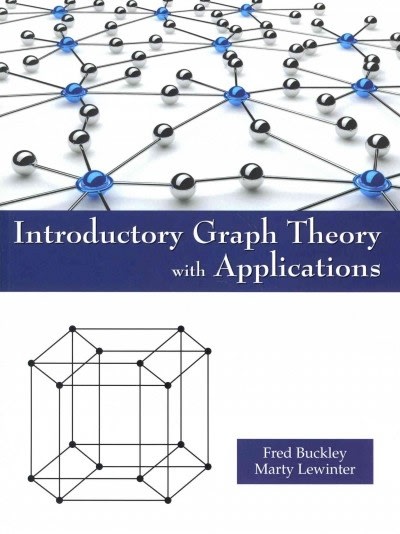Answered step by step
Verified Expert Solution
Question
1 Approved Answer
1. Answer the following questions about asymptotic equality. (a) Use asymptotic equality to compute the limit (3x2 + 1) In(2) lim 1-+00 (2x + 1)2












Step by Step Solution
There are 3 Steps involved in it
Step: 1

Get Instant Access to Expert-Tailored Solutions
See step-by-step solutions with expert insights and AI powered tools for academic success
Step: 2

Step: 3

Ace Your Homework with AI
Get the answers you need in no time with our AI-driven, step-by-step assistance
Get Started


